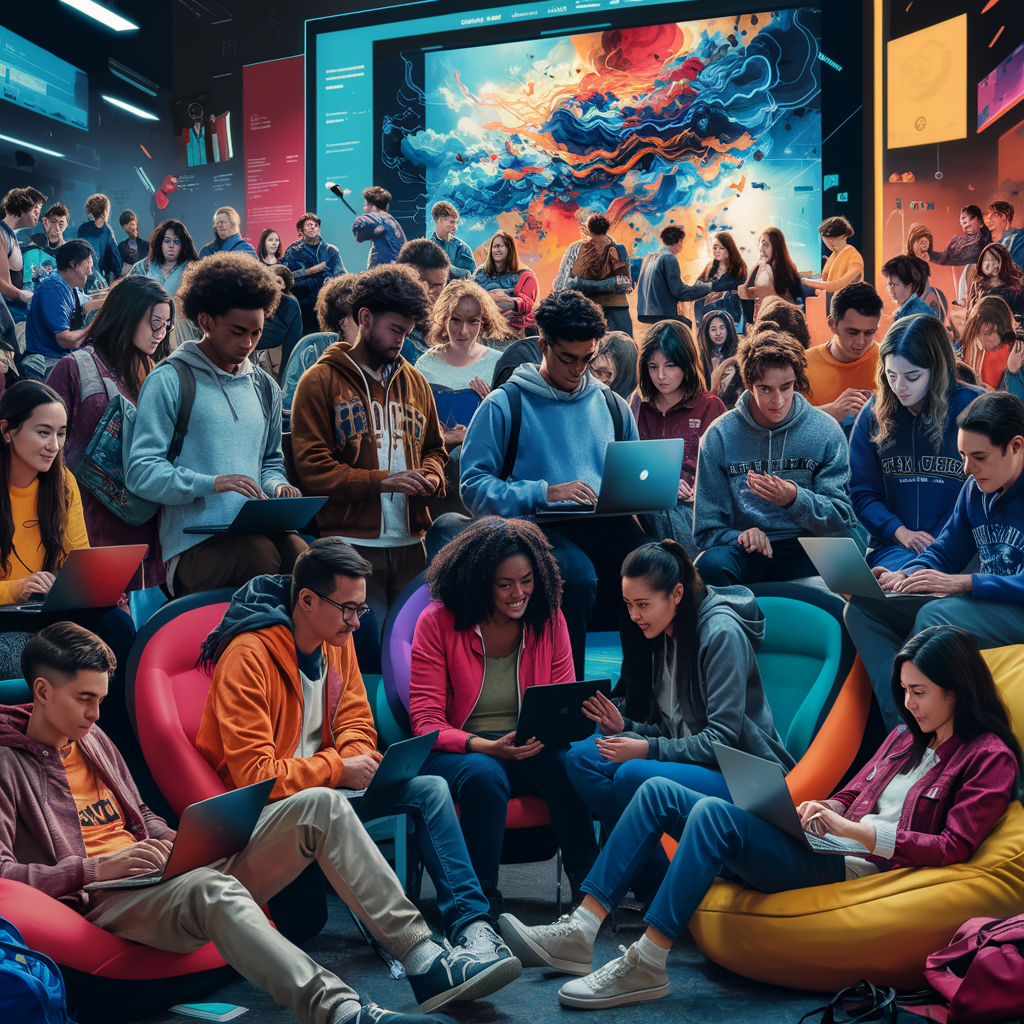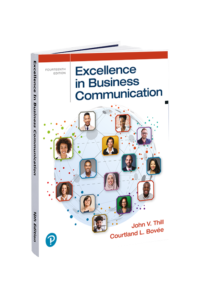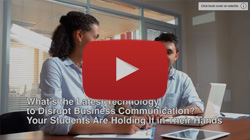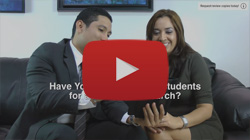
Clear and effective communication is vital in both personal and professional contexts. It ensures that messages are understood as intended, reducing the potential for misunderstandings and errors. Clear communication promotes transparency, builds trust, and fosters stronger relationships. In the business world, it can enhance teamwork, boost productivity, and drive success by ensuring everyone is on the same page.
Martha Stewart is a prime example of the importance of clear and effective communication. Known for her expertise in home decor, cooking, and lifestyle, Stewart has built a brand synonymous with quality and reliability. Her success is largely attributed to her ability to convey complex ideas and instructions in a straightforward, easy-to-understand manner. Whether through her television shows, magazines, or books, Stewart's communication style is clear, precise, and engaging.
For instance, in her cooking shows, Stewart meticulously explains each step of a recipe, breaking down potentially complicated processes into manageable tasks. This clear communication ensures that her audience can follow along easily and achieve the desired results, fostering a sense of accomplishment and trust in her expertise. Her instructional style is not only informative but also reassuring, making even novice cooks feel capable and confident.
Moreover, Stewart's written content, from articles to cookbooks, is equally exemplary. Her ability to articulate detailed instructions and tips in a concise and understandable way makes her a trusted authority in her field. This clarity in communication has been crucial in building and maintaining her brand's credibility and popularity.
In summary, clear and effective communication is essential for conveying ideas, fostering understanding, and building trust. Martha Stewart's success in her multifaceted career underscores the power of clear communication in establishing authority and engaging an audience.
Martha Stewart's Success: A Case Study in the Principles Taught in Excellence in Business Communication
Excellence in Business Communication strongly supports the points made in this article about the importance of clear and effective communication. The principles outlined in business communication courses directly align with the key ideas presented.
Firstly, the article emphasizes that clear communication reduces misunderstandings and errors. This is a fundamental tenet of business communication, which teaches strategies for crafting precise messages that leave little room for misinterpretation. Techniques such as using plain language, organizing information logically, and tailoring content to the audience are all aimed at ensuring clarity.
The article also highlights how effective communication builds trust and fosters stronger relationships. Business communication courses often stress the importance of interpersonal skills, active listening, and empathy in creating a positive communication climate. These elements are crucial for developing the trust and rapport necessary for successful business relationships.
Martha Stewart's example perfectly illustrates how mastery of communication principles can lead to business success. Her ability to break down complex ideas into simple, manageable steps mirrors the "chunking" technique taught in business communication. This method involves organizing information into smaller, more digestible pieces to enhance understanding and retention.
Stewart's clear and engaging communication style across various media platforms demonstrates the importance of adapting messages to different channels, another key concept in business communication. Her success in written and verbal communication showcases the need for versatility in today's multi-platform business environment.
Moreover, Stewart's approach to building credibility through clear communication aligns with the ethos-building strategies taught in business communication courses. By consistently delivering clear, reliable information, she has established herself as a trusted authority – a goal that many businesses strive for in their communication efforts.
Excellence in Business Communication provides the theoretical framework and practical skills that underpin the success stories and principles outlined in the article. It equips individuals with the tools to communicate clearly, build trust, and establish credibility – all essential elements for personal and professional success in today's communication-driven world.
Read more








